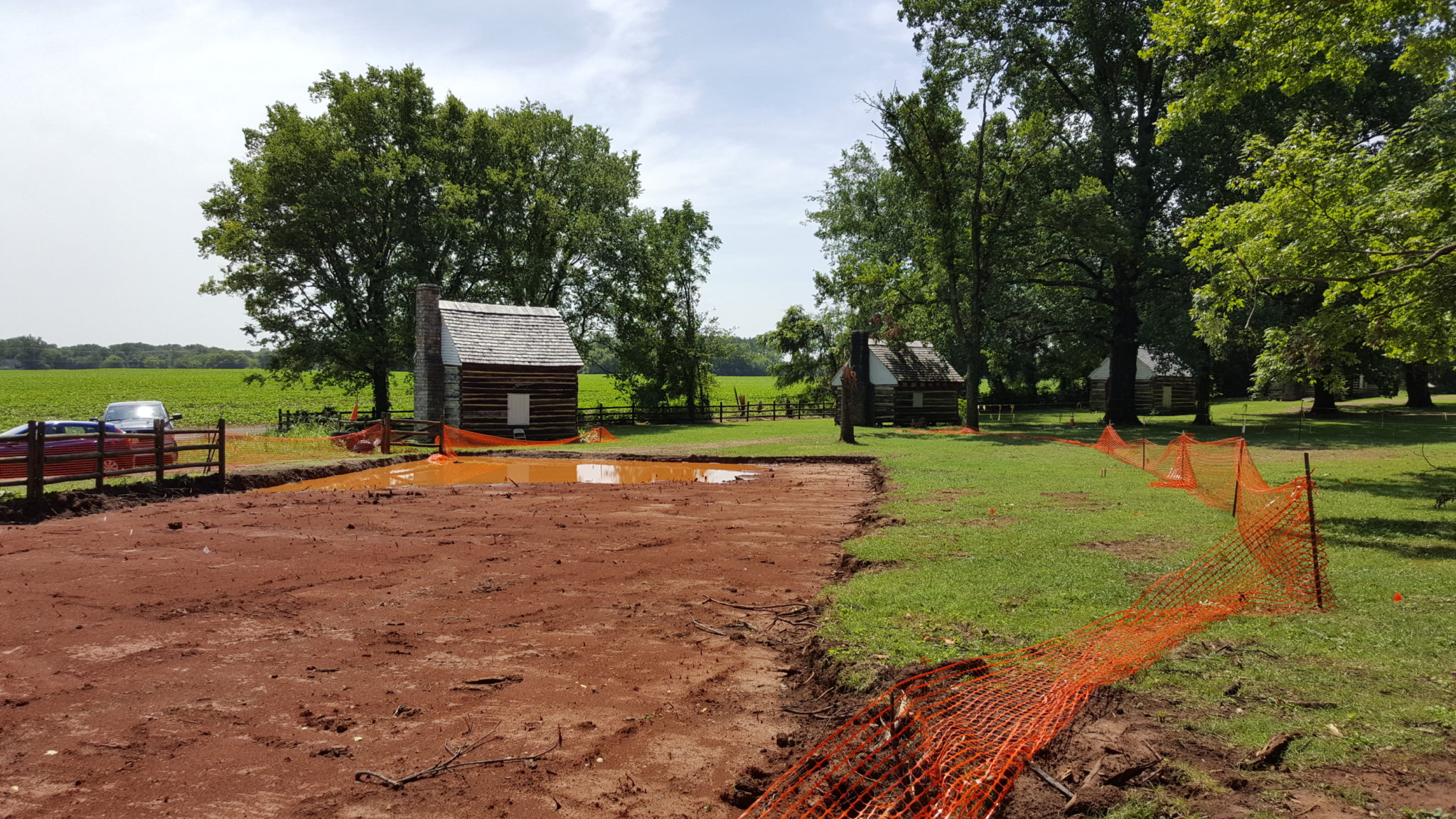
Adanta promptly mobilized for environmental cleanup following an F/A-18 Blue Angel jet crash in Smyrna, Tennessee. The project involved debris removal, site investigation, and soil remediation. Adanta prepared an expedited Remedial Action Work Plan, Sample and Analysis Plan, and Accident Prevention Plan. Soil samples were collected from various quadrants delineated along the crash path and analyzed. More than 600 samples were collected and tested, leading to the excavation of contaminated areas.
Adanta’s geophysicist surveyed the crash path for buried objects, and a state-registered archaeologist was hired to monitor potential historical finds during excavation, given the proximity to a reported former slave cemetery. The contaminated soil was stockpiled until all could be removed, with depths of excavations ranging from 6 inches to over 4 feet.
Adanta provided all necessary labor, equipment, and materials for environmental remediation and restoration at the crash site. The aim was to secure No Further Action from the Tennessee Department of Conservation, Division of Remediation, after dealing with the petroleum-impacted soil, trees, and debris from the crash.
The crash occurred on a Tennessee historical site, the Sam Davis Plantation, scattering debris approximately 1,400 feet from the impact zone. Petroleum products contaminated the soil along the entire debris path. The project’s stakeholders, including the Davis Plantation Historical Society, were kept involved throughout the project.
The debris field from the jet crash was larger than anticipated, causing additional field days for cleanup and verification sampling. Despite this and other challenges such as weather and archaeological resources, the Adanta field crew ensured project completion on schedule, even with extended working hours.
NAVFAC modified the contract to accommodate the expanded debris field. Adanta kept excellent client communication throughout the project, notifying the client when the debris field was found to be larger than expected. Adanta complied with safety standards excellently, with no OSHA recordable or lost time incidents during the project’s 1,200 staff hours.
